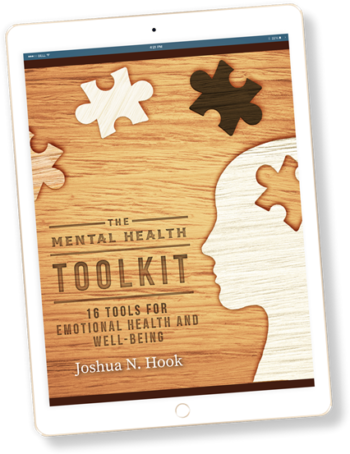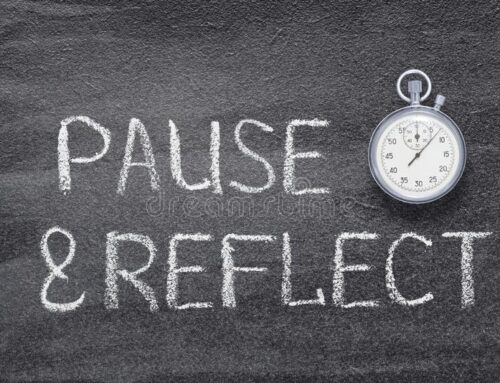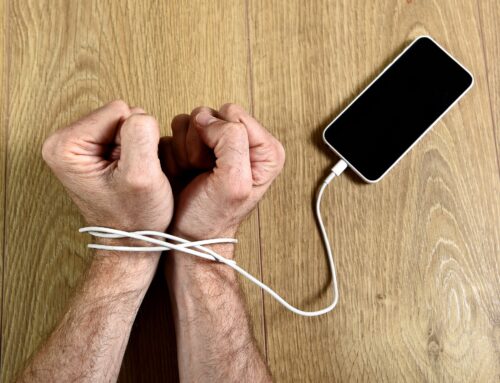How To Be Less Anxious-Part 3: 5 Tips
November 16, 2017
Categories: Anxiety
This post is Part 3 in a 3-part blog series on how to be less anxious. (If you missed the first post, you can find it here.)
Anxiety is About Fear
In the first two posts, I talked about two big ideas when thinking about anxiety. First, anxiety is about fear. Our natural response when we feel fear is to escape or avoid the thing we are afraid of, but this habit actually exacerbates the fear connection in our brain.
Exposure is Key
Second, when you are trying to reduce your anxiety, the best strategy is exposure—putting yourself in contact with the thing you are afraid of (e.g., airplane), and experiencing the reality that the feared consequence didn’t happen (e.g., you didn’t crash and die). Little by little, the fear connection is extinguished in your brain.
The Anxiety and Phobia Workbook
In this post, I want to talk about 5 tips for reducing anxiety in your life. If you want a more in-depth resource for dealing with anxiety, I highly recommend a book called The Anxiety and Phobia Workbook, by Edmund Bourne. It’s comprehensive, easy to understand, and very practical.
5 Tips for Dealing with Anxiety
Here are 5 tips for dealing with anxiety:
- Learn relaxation techniques. Relaxation can be thought of as the opposite of anxiety. When you are relaxed, you can’t be anxious (and vice versa). So it can be helpful to learn a few techniques to help you relax. Also, relaxation techniques are very important when trying to engage in exposure (like we talked about in the last post). Here are 2 common relaxation techniques:
- Deep breathing. Breathe in slowly from your diaphragm. Take 3 seconds to breathe in. Then hold your breath for 3 seconds. Then take 3 seconds to breathe out. Rinse, wash, repeat. Breathing slowly and deeply can help slow you down and relax in the moment.
- Progressive muscle relaxation. Lie down on the floor. Start at the top of your head and tighten the muscles in your face. Tighten your muscles hard and feel what it is like to be tense. Then release your muscles and feel what it is like to be relaxed. Move down your body and repeat the same process with your neck, shoulders, arms, stomach, legs, and feet. Experience the contrast between feeling tense and feeling relaxed.
- Engage in physical exercise. This one might seem counter-intuitive, because physical exercise gets your body revved up. But research has shown that engaging in strenuous physical exercise can actually help you feel less anxious throughout the day. Often we feel anxiety in our bodies. It’s as if we have too much energy racing around in our body, and this makes us feel tense. Physical exercise can release some of that energy, which allows us to relax the rest of the day. It doesn’t matter what kind of exercise you engage in; find something you enjoy. I like to do CrossFit, but I’ve also enjoyed running, lifting weights, and p90x in the past. Try to engage in at least 30 minutes of strenuous exercise each day.
- Self-talk to address problematic thoughts and beliefs. A big part of anxiety has to do with problematic thoughts and beliefs. People who are anxious often have mistaken beliefs about the danger of a particular situation. For example, they might think that there is a high likelihood (say 50%) that a plane will crash, when the reality is that the likelihood of a plane crash is less than 1%. If you are struggling with problematic thoughts and beliefs, you can challenge them using self-talk. Self-talk involves having a dialogue with yourself to challenge a mistaken belief. There are three steps to this process:
- Identify your thought. You can’t challenge a thought unless you know what it is. Get in the habit of identifying your thoughts when you feel anxious. Each time you feel anxiety, press the pause button. Ask yourself: What is my thought right now? Connect your thought to your feeling of anxiety. For example, let’s say you feel anxious about an upcoming plane ride. The thought might be: The plane is going to crash.
- Evaluate the thought. The next step is to evaluate the thought using data. For example, you might ask an expert in planes about the percentage of time that planes actually crash. Or you could look up the rates of plane crashes on your own. If you did this, you would find that the rate of plane crashes is very low. Your belief that the plane is likely to crash is not accurate. This is an event that is very unlikely to happen.
- Challenge the thought with truth. As much as possible, we want our thoughts to be closely connected with the reality of the situation. A lot of times when someone feels anxious, their thoughts are out of touch with reality. When this happens, it can be helpful to challenge the problematic thought with the truth. For example, you could say, “Well, the actual chance of a plane crash is less than 1%. So the plane is probably NOT going to crash.”
- Coping with feelings—This too shall pass. Sometimes anxious feelings can be experienced as overwhelming. This is especially true with people who struggle with panic attacks. Sometimes people who have a panic attack for the first time experience sensations in their body that feel similar to a heart attack. They might even call 911 and go to the emergency room, not sure what is happening in their body. For most people who are struggling with anxiety and panic attacks, the overwhelming feelings of anxiety come and go. Sometimes people describe it like waves in an ocean—sometimes the waves are big and scary, but if you can try to relax and sit with the feelings, soon they fade and become manageable again. It can be helpful to name the feelings for what they are (i.e., anxiety and panic), reassure yourself that you are not going to die, and stick with it until the feelings fade.
- Get more help if you need it. If you have been struggling with anxiety for a long time, or if you have tried to implement some of these strategies without success, it might be time to get more help. Don’t feel bad or ashamed about this. I have gone to counseling for various problems throughout my life. Lots of people do. I actually think it is brave to admit your limitations and get the help you need. Meeting with a professional counselor can be helpful in order to get a personalized plan to work on your particular experience of anxiety. Everyone is different, and there isn’t a one-size-fits-all approach. Another thing to think about is meeting with a psychiatrist to see if medication might be a helpful option for you. For some people, their experience of anxiety is so debilitating that they need medication to help. This doesn’t necessarily mean you will be on medication forever. One thing that is great about medication is that it can give you some immediate relief, which might give you the capacity to learn some of the other strategies (e.g., relaxation techniques, self-talk, coping with feelings) that can help you manage your anxiety on your own.
Discussion: What did you think of the 5 tips to reduce anxiety? Which of these tips could you try to implement in your life moving forward?

Related Thoughts
No Comments
Leave A Comment

Subscribe To My Newsletter
Join my mailing list to receive the latest blog posts.
Receive my e-book “The Mental Health Toolkit” for free when you subscribe.






[…] You might be trying to sleep, but your mind is racing, full of all the things you are dealing with. Develop coping strategies to manage your stress and anxiety so your mind can rest at night. Keep a notepad by your bed to make a list of all your concerns and […]